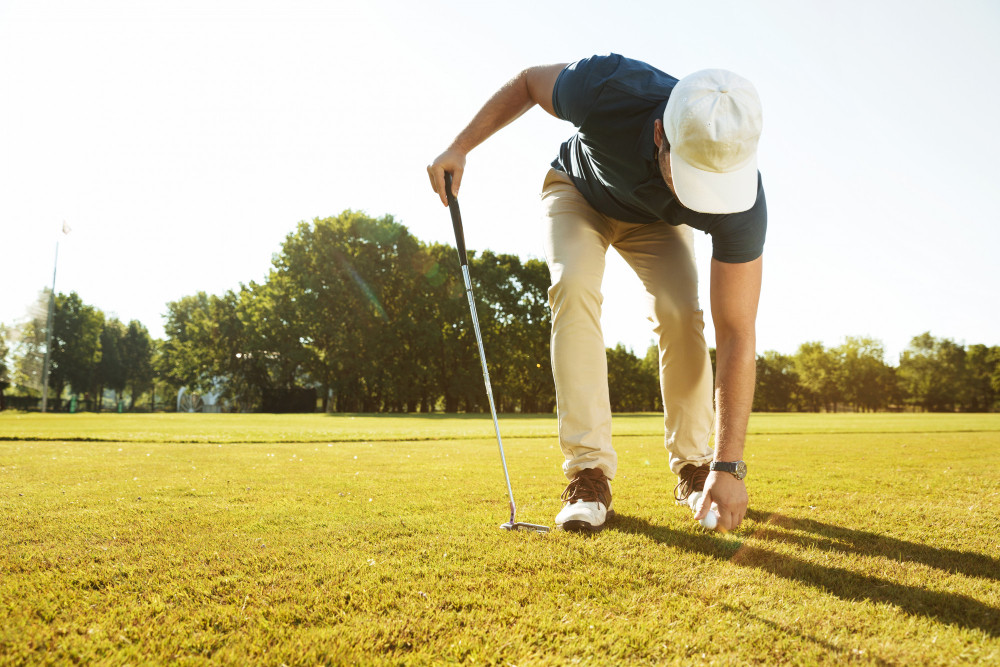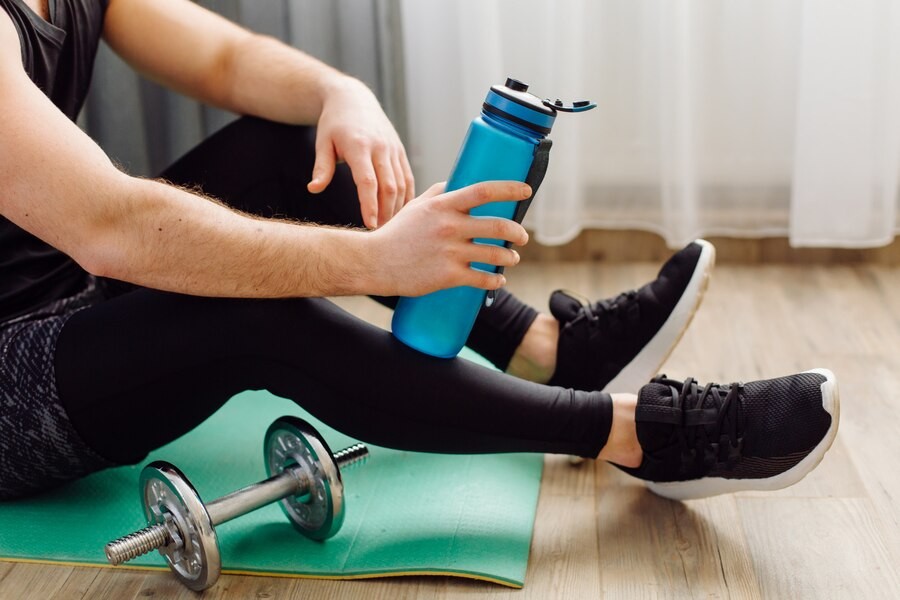Walking for 30 minutes daily has numerous benefits for the body and health, such as maintaining a healthy heart and bones, building muscle strength, and reducing body fat.
Inclined walking can increase the task's difficulty and provide additional benefits such as toning the glutes, hamstrings, and calf muscles. What are the advantages of incline walking?
Benefits of incline walking
Incline walking or uphill walking has been introduced in several places as an alternative to achieve more health benefits, including:
Increases heart rate
Walking uphill, your leg muscles work harder against the earth's gravity and your heart rate increases.
The increased heart rate causes the heart to pump more blood throughout the body, meaning more oxygen is delivered to the muscles, organs and other body tissues. The increased heart rate also increases lung capacity and improves overall cardiovascular fitness.
Read more: These Are The Benefits Of Regular Walking 30 Minutes Per Day
More calories burned
Incline walking helps burn more calories than walking on flat roads. When going uphill the body works harder to fight gravity and overcome the difference in altitude. This increases the intensity of physical activity and results in burning more calories.
Even after walking on an inclined path, your body burns extra calories due to increased metabolism. This is known as the afterburn effect, which occurs when the body continues to burn more calories after intensive physical activity.
Trains the posterior chain muscles
Incline walking engages the muscles of the posterior chain of the body. This is the group of muscles located at the back of the body including the back muscles, buttocks, hamstrings, calves and hind legs.
When you walk uphill, these muscles work harder to overcome gravity and maintain body balance. Exercising these muscles regularly helps improve overall strength, stability and endurance.
Enhances the work of muscles located in the lower leg
Incline walking also increases lower leg muscle activity as they work harder to lift the body. As you walk uphill, the calf, ankle, and quadriceps muscles will be given a strong stimulus.
However, this exercise should be started carefully and with plenty of rest for the best muscle recovery and growth.
Read more: How Long Do You Have To Walk To Langsing?
How many calories are burned when incline walking?
The number of calories burned while incline walking varies greatly depending on factors such as body weight, fitness level, intensity and duration of the activity, and walking speed.
The afterburn effect also boosts metabolic rate, so that even after the exercise is completed, the body continues to burn calories for a period of time.
However, incline walking is just one aspect of maintaining fitness and weight management. You must also support your ideal weight by maintaining a balanced diet and healthy lifestyle.
If you need medical advice or consultation, you can either visit a doctor or use the consultation features available in the Ai Care application by downloading the Ai Care application from the App Store or Play Store.
Looking for more tips and health tricks, first aid, and home remissions other? Click here!
- dr. Yuliana Inosensia
Sara Lindberg (2021). Need a Change of Pace? Try Walking on an Incline. Available from: https://www.healthline.com/nutrition/walking-on-incline
Wendy Bumgardner (2021). How Many More Calories Do You Burn Walking Uphill?. Available from: https://www.verywellfit.com/how-many-more-calories-do-you-burn-walking-uphill-3975557
Andrea Boldt. Does Running or Walking on an Incline Burn More Calories than Running or Walking on Flat Ground?. Available from: https://www.livestrong.com/article/530993-does-running-or-walking-on-an-incline-burn-more-calories/
Better Health Channel. Walking for good health. Available from: https://www.betterhealth.vic.gov.au/health/healthyliving/walking-for-good-health#walk-for-30-minutes-a-day
Dr. Jasmine Shaikh, MD (2021). What Is the Afterburn Effect?. Available from: https://www.medicinenet.com/what_is_the_afterburn_effect/article.htm












